Module 1 – Theme 1
“The art of getting things done through people” is a classic definition of management. Its source is Mary Parker Follet (1868-1933), an American pioneer of management theory. She gained global fame in business circles as an expert on management at a time when women had just received the right to vote.
Parker builds her definition around the limits of one person to do everything, especially after the Industrial Revolution, which emerged full force in the 1800’s, created large-scale factories and “industrial armies” to run them. Prior to this only the military operated on such massive scales.
Business first looked to the military for techniques to cope with the management of these new “industrial armies.” As a result, the earliest techniques for business management center on workforce discipline and command structures. The boss gives orders, and the workers salute and execute them.
The Industrial Revolution, of course, depended on science to create its technologies, its machines. Science values measurement. Therefore, it is not surprising to find one of the early pioneers of management, Frederic W. Taylor (1856-1915) applied scientific rigor to workplace military discipline.
Taylor is known as the Father of Scientific Management. He pioneered “time-and-motion” studies. Taylor measured worker productivity. For instance, he observed a worker shoveling coal in a steel mill. Taylor would switch shovel sizes for the workers to see which produced most output per time unit.
Elton Mayo (1880-1949), a professor in the new Harvard Business School, applied Scientific Management to a series of studies at the Western Electric Hawthorne Works in Chicago, Illinois, 1927-1932. Like Taylor, Mayo manipulated variables, e.g. room temperatures, to measure output changes due to them.
To his surprise, the female workers in the plant responded best to the personal attention that they received from Mayo and his research helpers! The Hawthorne Studies gave rise to the “Human Relations” approach to management. They opened the door to applied psychology and sociology as part of management theory and technique.
Taylor and Mayo represent two basic approaches to management. One is “tough guy, gal,” the Scientific Management of Taylor. The other is “nice guy, gal,” of Human Relations of Mayo and his disciples like Mary Parker Follet, who emphasized working with people as human with feelings, not as machines.
American management thinker Douglas McGregor (1906-1964) continued to explore this tension between “tough” and “nice” management in his classic 1960 book The Human side of Enterprise. He called the “tough” (scientific) approach “theory x” and “nice” (human relations) approach “theory y.”
McGregor’s research found that persons who tend to take the “theory x” or “tough” approach as a rule perceived others as untrustworthy, immature, or out to get something for nothing. As a result, the “theory x” approach takes a “hard line,” insists on discipline and hierarchical command and control.
On the other hand, McGregor’s research found that persons who tend to take the “theory y” or “nice” approach perceive others as basically good, trustworthy, and capable of self-discipline. As a result, the “theory y” approach is willing to delegate decisions, empower workers, and put trust in teamwork.
“Theory x” and “theory y” are in effect versions of the old concept of “carrots” and “sticks.” There are times when people respond to “carrots,” and at other times, they require “sticks.” The challenge for managers is to know when it is appropriate to use “carrots” and when to use “sticks.” We need both.
The Industrial Revolution, which began in England, also impacted countries other than America. In Germany, for example, Max Weber (1864-1920) began to research and write about the impact of large-scale organizations on how we ought to manage. He favored “bureaucracy” as the way to go.
Today “bureaucracy” enjoys a bad reputation. Originally, as Weber described bureaucracy, it meant rational management of issues like decision making and rewards. For Weber, bureaucracy was the opposite of “political” management and its personal favors, back-room deals, games, and secrecy.
In Weber, we meet the Scientific Management of Frederick Taylor again. However, Weber puts a “human face” on his rational approach to management. He wants management to be fair and without double standards, and for this reason he wants management to be rational, open, and ethical for all.
In the final analysis, management is about people, how we treat them when we make decisions, assign resources, review their performance, downsize, recruit, reward, plan, mentor, and discipline. As Weber argues, hopefully we do this in rational ways, which do not exclude humane, ethical considerations.
Our course will challenge you to reflect on your style of management. Are you “theory x” or “theory y?” What is your view of human nature? Are people basically good? How you answer such questions about classic concepts in management like “theory x” and “theory y” will provide a mirror on your own style of management.

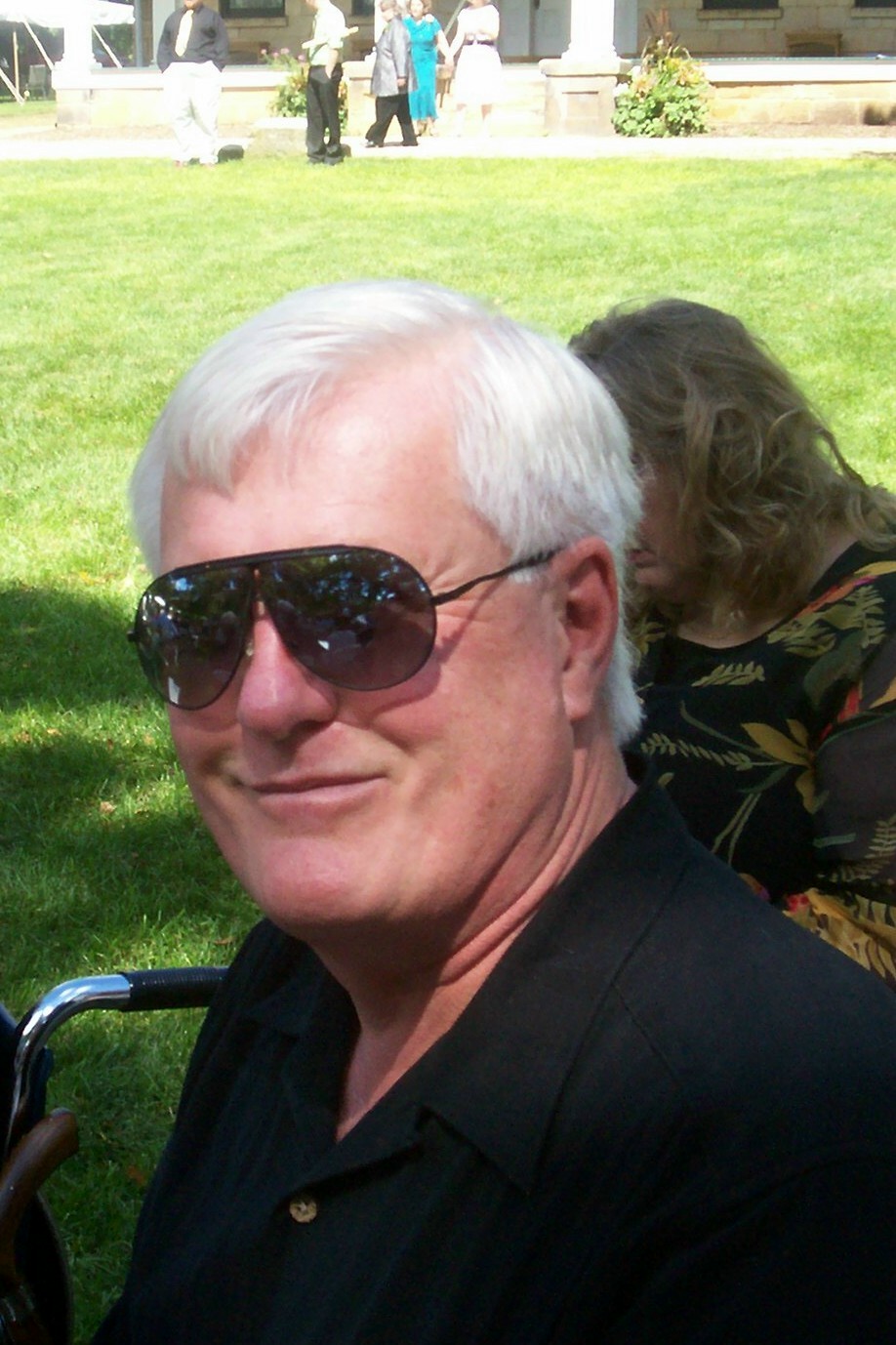







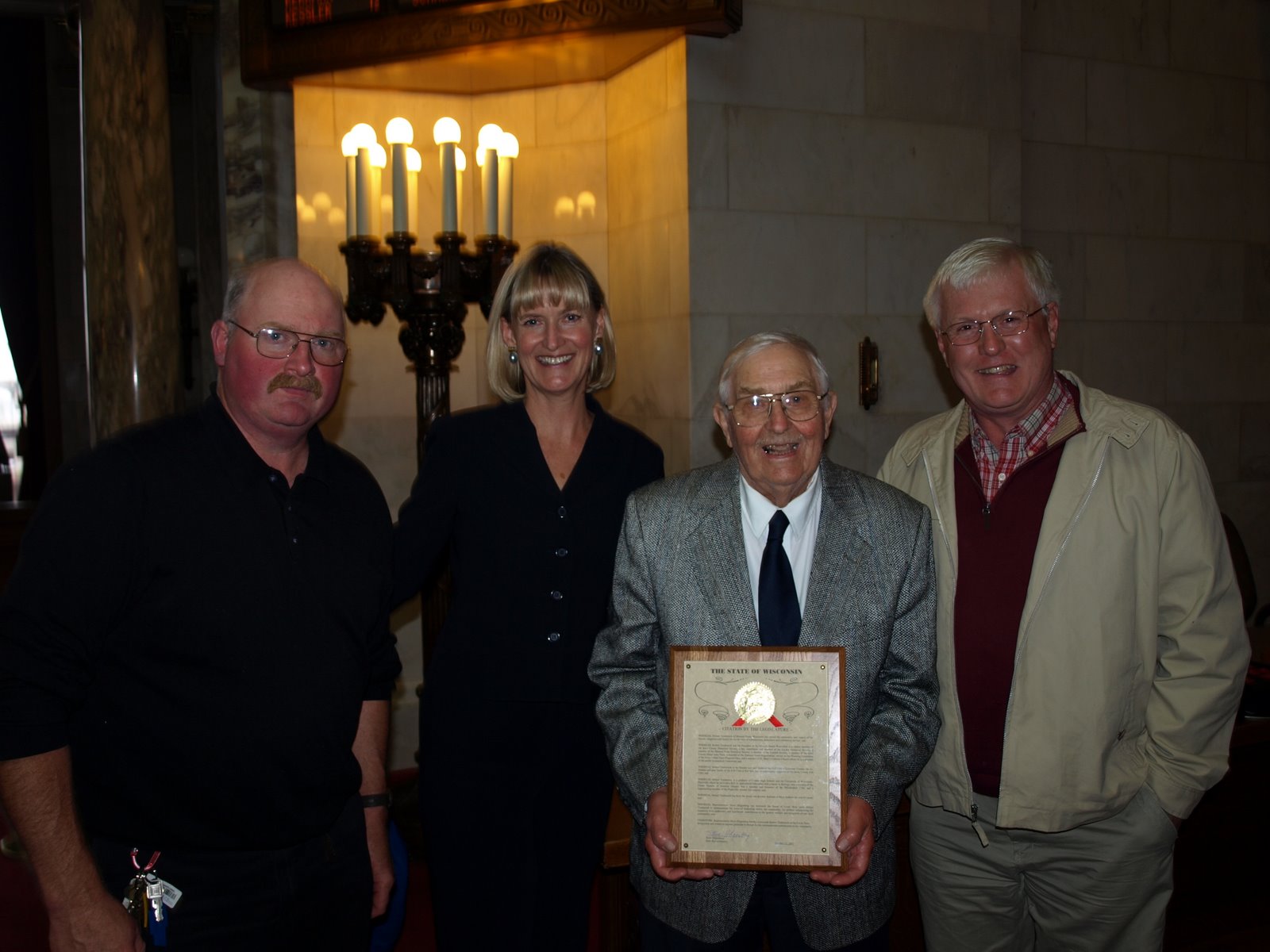

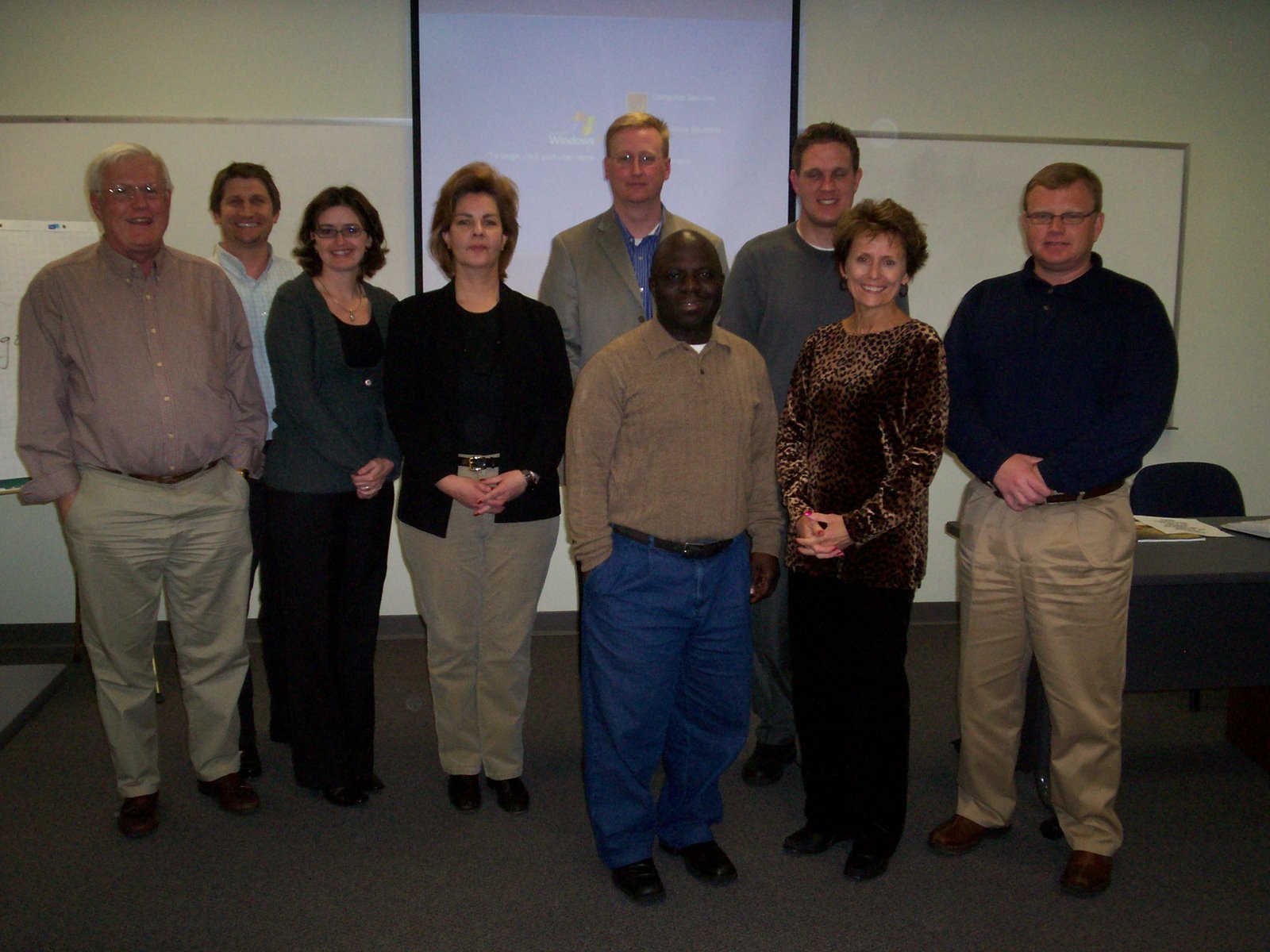
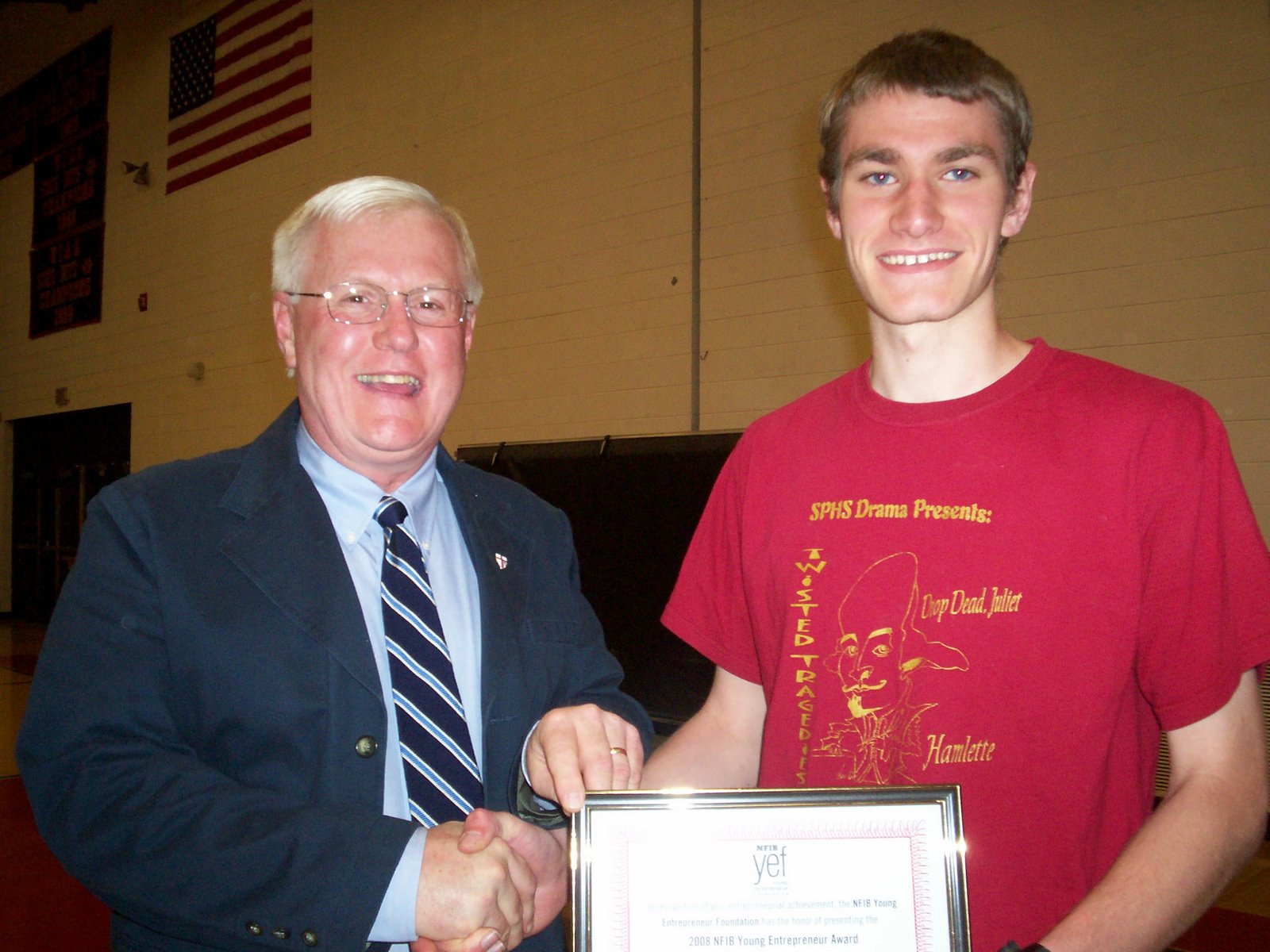
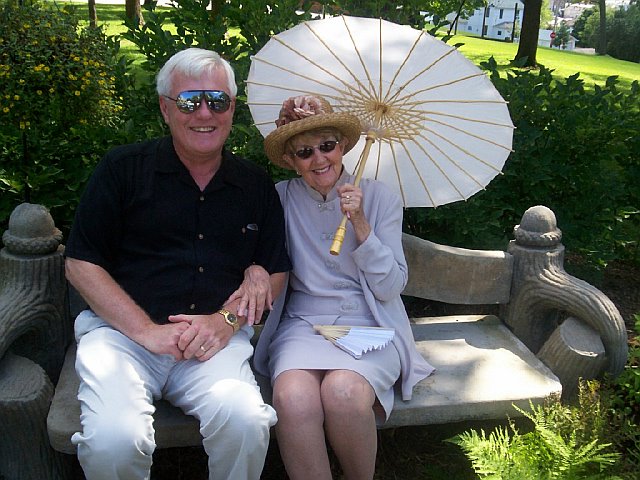

No comments:
Post a Comment